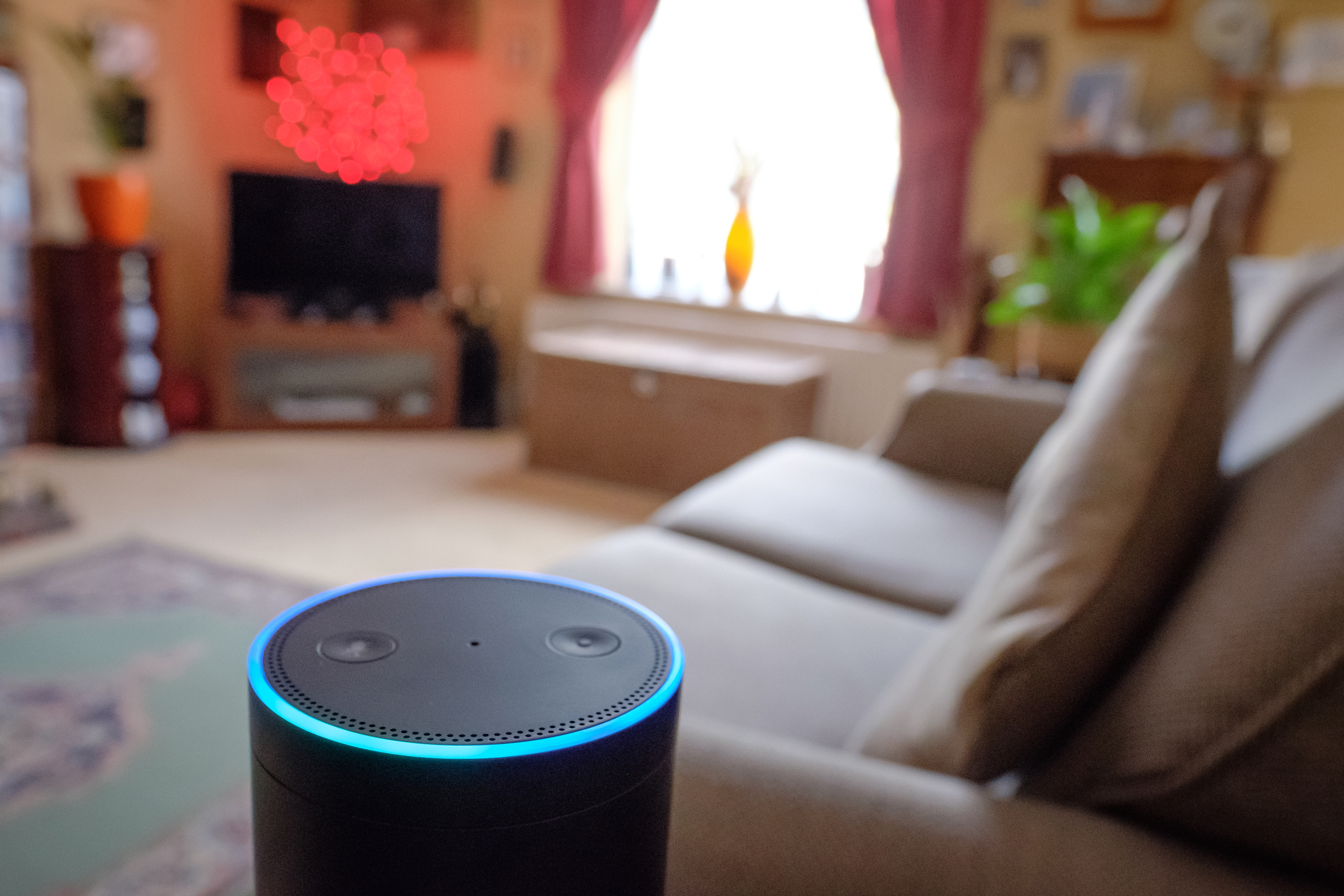Recent reports show that human interaction with smart speakers is declining, despite the plethora of these devices in homes across the country. If it’s clearly not a lack of speakers leading to low engagement, then what’s the problem?
Consumers don’t see much benefit from interacting more often with smart speakers.
People who bought their smart speakers for a specific purpose (e.g., to control another smart device in their homes) use the speakers for that purpose but not much else, data shows. Other people may have received their smart speakers for free with another purchase, and therefore don’t have a use in mind for the speaker at all.
To combat low engagement, many smart speakers use gentle reminders to prompt users to do certain things. Usually, these requests come in the form of asking people who bought an item to leave a review or something similar. But what’s the point?
People will do something if they see a clear benefit from doing it. But smart speakers don’t seem to offer enough enticing reasons for people to interact with them. After the novelty of chatting with a voice assistant wears off (likely in the first week or two), most users want to get back to their normal lives and use smart speakers to control light switches, timers, and other simple functions.
When the speaker prompts further interaction, for example by asking a user to leave a review for a recent purchase, it’s unlikely to successfully convince many people to do so. Amazon, Google, or another company that sold the item would benefit from users following through on these requests, but most people see this as another chore that they don’t want to do. There’s no benefit in it for the consumer.
Without a display, users have trouble finding new features and knowing what to ask.
Unless someone invests a lot of time into asking questions and testing out different requests, it’s tough to know what the speaker will or will not respond to. In a world where most people find what they need by interacting with a visual display and scrolling through options, the lack of a display on a smart speaker feels like a barrier to intuitive use.
This could be the reason that Amazon and Google have made an effort to improve their smart device displays over the past few years. Evidently, both companies see the value in users being able to see visual menus and lists accompanied by the usual audio voice assistant.
While smart speaker usage may currently be struggling for the reasons listed above, smart devices are poised to do well in the future. Companies just need to make sure that users derive clear benefits, can easily discover new features, and have a visual and intuitive display to work with.
